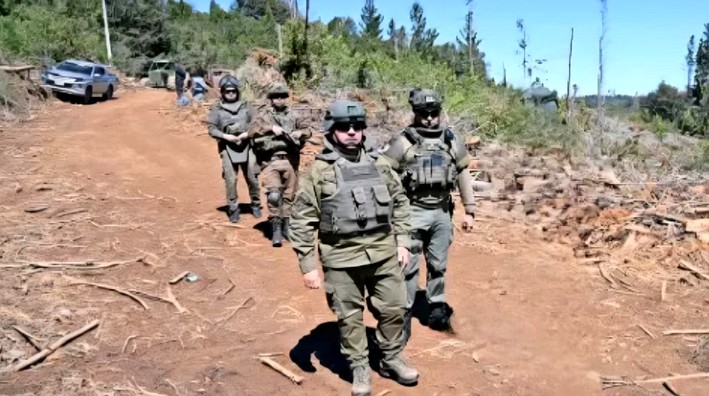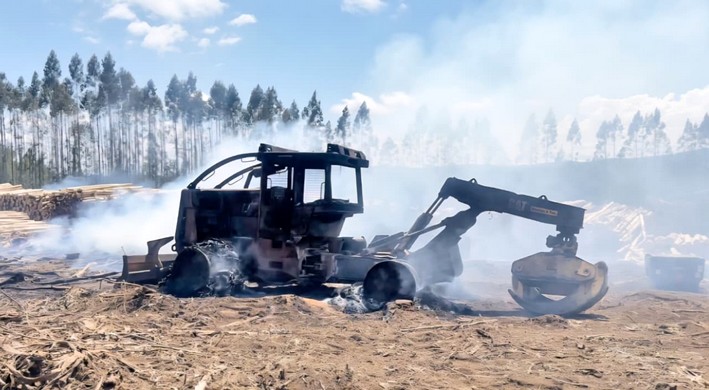Forest Fires and Their Impact on Wildlife
By Carlos Barrientos Donoso, Director of Veterinary Medicine at Andrés Bello University
Over the past 10 years, forest fires have increased in number and frequency in various regions of our country, generating significant environmental, economic, and social impacts. In the Biobío Region, more than 2,000 forest fires have been recorded annually, affecting and destroying thousands of hectares. Among the various causes, it is important to note that the origin of most fires affecting our territory is primarily related to intentional acts, followed by accidental causes, which are generally associated with human negligence.
These fires have complex repercussions on various critical ecological processes, which are associated with factors such as duration, recurrence, and the area affected by the event(s). The effects can be grouped into direct and indirect impacts. The former relate to the direct loss of wildlife due to animal deaths, loss of shelters and food sources, loss of vegetation, and soil degradation. Indirect effects include soil erosion, nutrient loss, reduced organic matter, and water pollution.
In fire-affected areas, populations of small mammals, amphibians, and reptiles decline because these groups have limited dispersal capacity, exposing them to the direct effects of fire. They suffer burns of varying degrees or smoke inhalation poisoning, leading to high mortality rates. Survivors face scenarios of reduced niche availability post-fire. The decline of these species can negatively impact the food chain, particularly affecting carnivores such as wild felines and birds of prey, which rely on them as a food source. On the other hand, animals that escape the fire due to greater mobility face additional challenges, such as competing for resources outside their original habitats, increasing their vulnerability to predation or failing to find the necessary resources to survive.
In this regard, it is essential to highlight the guidelines provided by the Agricultural and Livestock Service (SAG) on what to do when encountering wildlife affected by forest fires. Key recommendations include: not entering fire-affected areas without prior authorization from competent authorities; if healthy animals are spotted, not approaching them and allowing them to relocate naturally; not feeding wild animals; not taking wildlife specimens into homes; keeping pets secured and ideally not walking them in the area during the event to avoid increasing stress on escaping wildlife (if necessary, always use proper restraints to prevent attacks on wild animals); driving with extreme caution near fire-affected zones; and finally, if an affected animal is found, contacting the SAG, which will capture and refer it to the most suitable wildlife rescue center.
Finally, the growing incidence of forest fires in our country demands a collective commitment to mitigate their impacts and protect both ecosystems and affected communities. Implementing preventive measures, along with active citizen collaboration, is crucial to reducing risks and ensuring the conservation of our biodiversity. It is essential to promote responsible behaviors among the public to minimize the risk of forest fires, such as: not lighting campfires or burning trash, not littering or discarding flammable materials, avoiding the use of machinery that could generate heat or sparks, and never leaving matches, lighters, or fuels within reach of minors, among others.

















